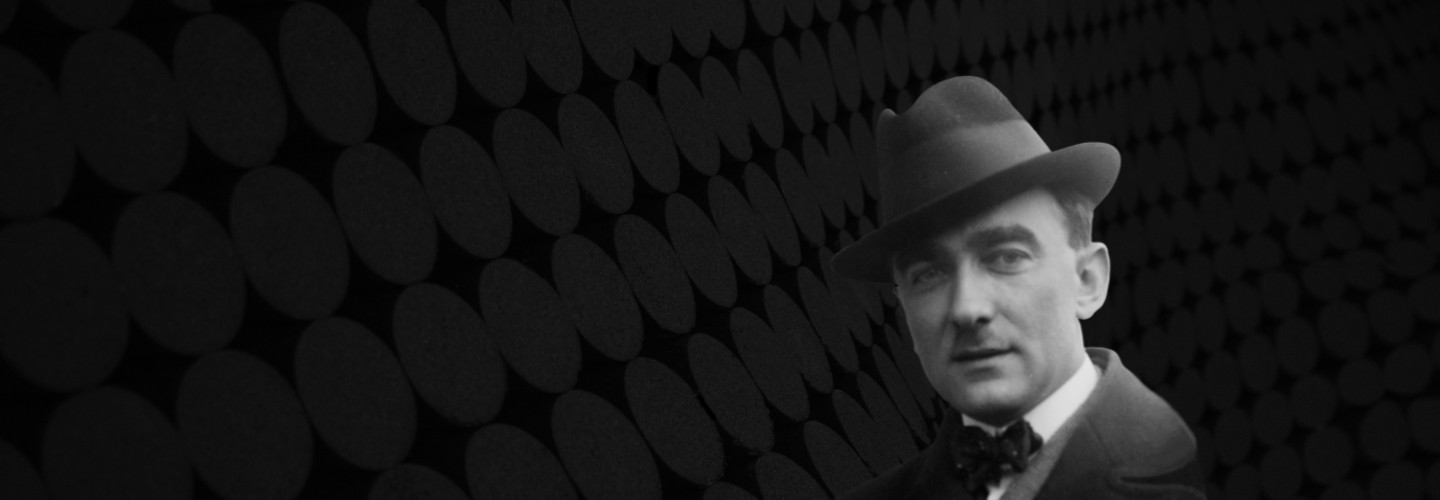
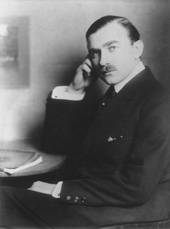
Karol Szymanowski
Stabat Mater
Short instrumentation: 2 2 2 2 - 4 2 0 0 - perc(4), hp, org, str(8 8 6 6 4)
Duration: 25'
Dedication: Pamieci Izabeli Krystallowej
Choir: SATB
Solos:
soprano, alto, baritone
Instrumentation details:
1st flute
2nd flute
1st oboe
2nd oboe (+c.a)
1st clarinet in A
2nd clarinet in A
1st bassoon
2nd bassoon (+cbsn)
1st horn in F
2nd horn in F
3rd horn in F
4th horn in F
1st trumpet in Bb
2nd trumpet in Bb
percussion(4)
harp
organ
violin I
violin II
viola
violoncello
contrabass
Szymanowski - Stabat Mater for soprano, alto, baritone, mixed choir and orchestra
Printed/Digital
Translation, reprints and more
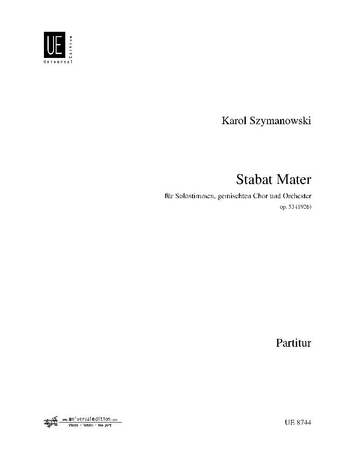
Karol Szymanowski
Szymanowski: Stabat Mater - op. 53Orchestration: für Sopran, Alt, Bariton, gemischten Chor und Orchester
Type: Partitur (Sonderanfertigung)
Language: Lateinisch | Polnisch
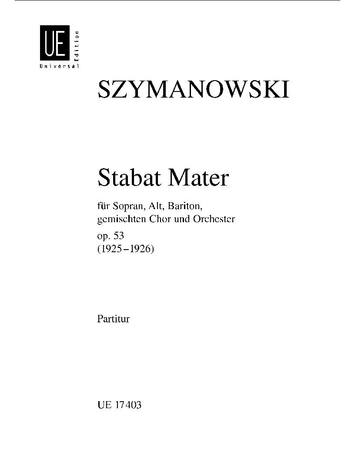
Karol Szymanowski
Szymanowski: Stabat Mater for soprano, alto and baritone soloists, satb choir and orchestra - op. 53Orchestration: for soprano, alto and baritone soloists, satb choir and orchestra
Type: Studienpartitur
Language: Lateinisch | Polnisch
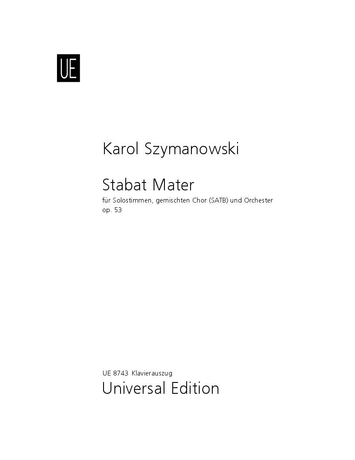
Karol Szymanowski
Szymanowski: Stabat Mater for soprano, alto, baritone, mixed choir (SATB) and orchestra - op. 53Orchestration: for soprano, alto, baritone, mixed choir (SATB) and orchestra
Type: Klavierauszug
Language: Lateinisch | Polnisch
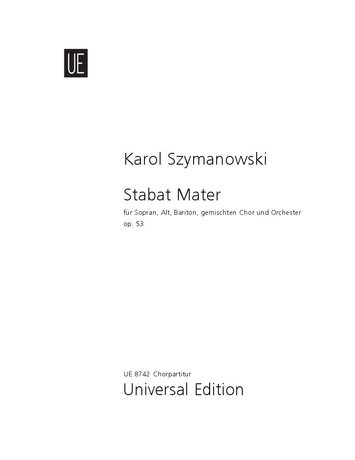
Karol Szymanowski
Szymanowski: Stabat Mater for soprano, alto, baritone, mixed choir (SATB) and orchestra - op. 53Orchestration: for soprano, alto, baritone, mixed choir (SATB) and orchestra
Type: Chorpartitur
Language: Lateinisch | Polnisch
Sample pages
Audio preview
Work introduction
Unlike the works Karol Szymanowski composed during the first two decades of the 20th century, his Stabat Mater could only have been written in a country with Slavic culture. Drawing on his musical roots and mother tongue, he wrote a transparent score for soloists, mixed choir and orchestra. It is all fascinatingly simple. The melodies consist of minor and major seconds and thirds and the pace of most movements is slow; only the second movement has a rhythm and melody that seem to pre-empt Orff’s Carmina Burana. It is a unique masterpiece of oratorio.
